VR Installation
Role
3D Modeling, Rigging, and Animation Automation
Immanuel is a multi-layered experience that combines a graphical novel, video art, installation, and a location-based VR experience.
Here I took on several key tasks, including ideating, modeling, and rigging. A significant focus was on creating the main character, Immanuel. Additionally, I contributed to the texturing process and played a crucial role in resolving various technical challenges throughout the project.
Our vision for the creature was to make it inhuman, mechanical, and eccentric, while still being relatable as a living creature for our audience. To achieve this, I decided to start with the spine as it is a common element found in most living beings. By beginning with the spine, I gained a technical advantage, allowing me to work on a single piece and then duplicate and modify it to create the other components, resulting in a visually diverse yet cohesive design.
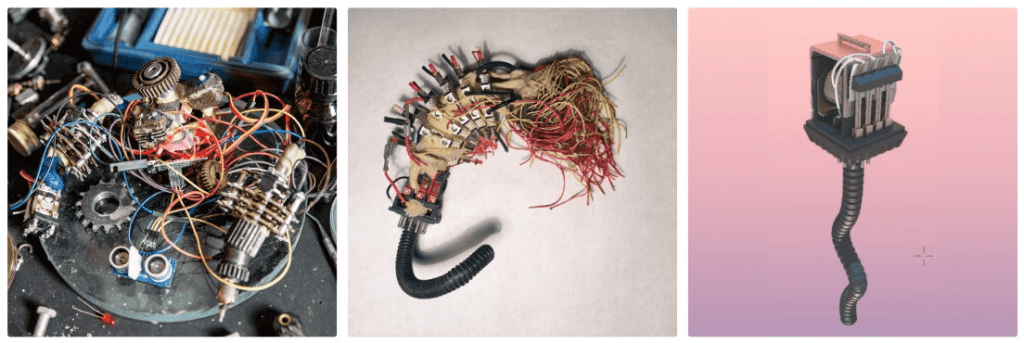
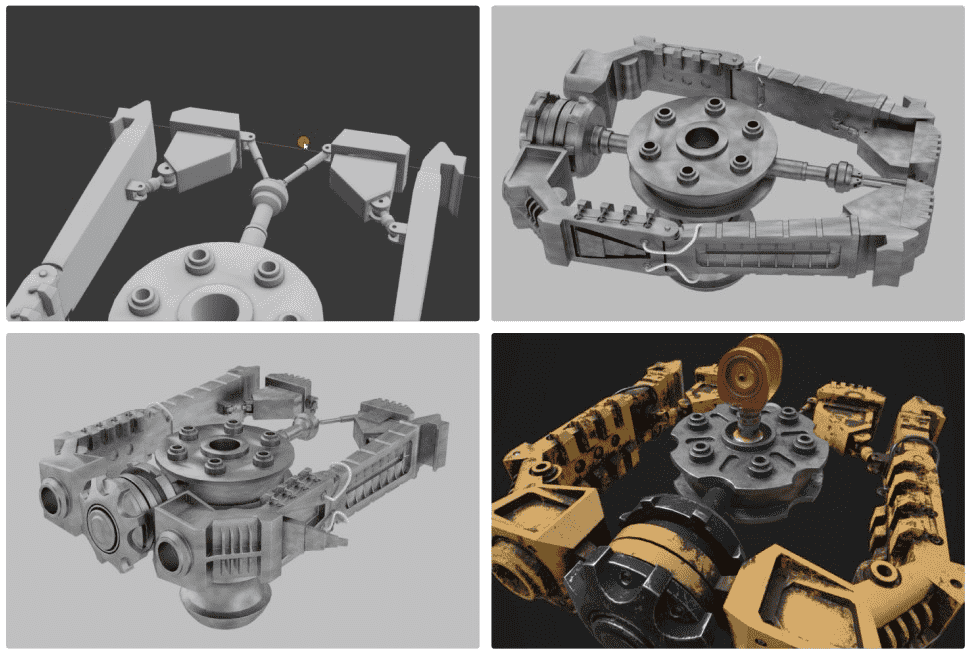
At this stage, I connected the organic and mechanical parts together, carefully aligning their bones. This innovative idea allowed the imported animation for the simplified mechanical part to automatically move the organic part, resulting in a visually appealing fusion. Although the execution demanded substantial time and effort, the final result justified the dedication.
After ensuring accurate UV mappings, I imported the animation from the low-quality model into the high-quality one, a process that went smoothly. With some additional refinement, I successfully baked the final animation.
During the development process, we thoroughly tested the high-resolution model in Unreal Engine. As there were no rendering or animation issues, we made the decision that the model didn’t require game-ready optimizations, streamlining the production further.
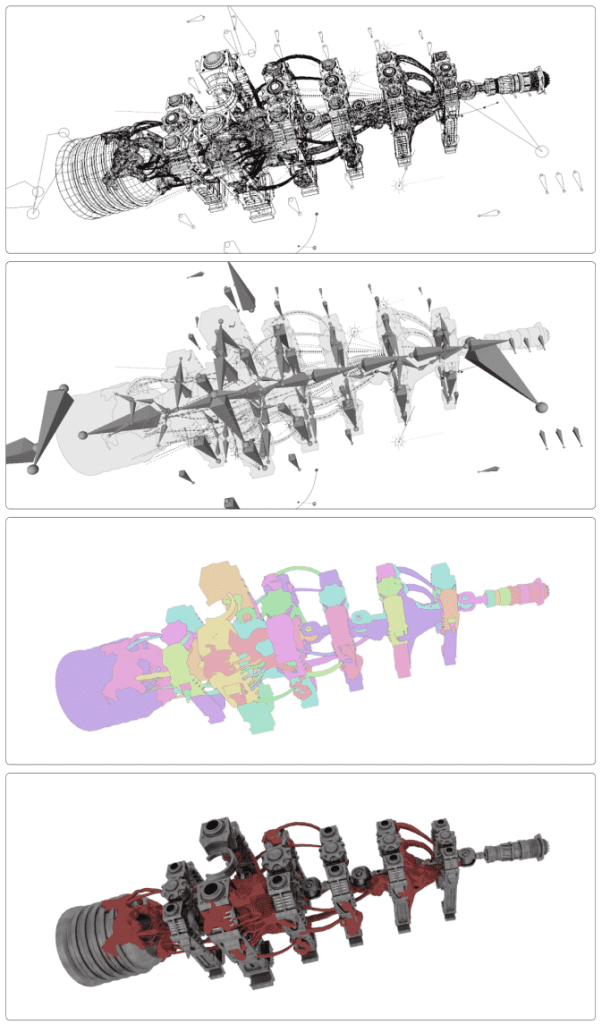
Version 2
After the initial exhibition of Immanuel, we were determined to elevate the project for its second showcase. To achieve this, we set out to modify the character. I began sketching, drawing inspiration from centipedes and other similar species, and shared these ideas with the team. Through an iterative process, what was initially intended as a small modification evolved into a complete overhaul of the character’s body! The new Immanuel design took on a simpler and more organic form. We retained some primary bones, and with the more natural body shape, the rigging process became much simpler this time around.
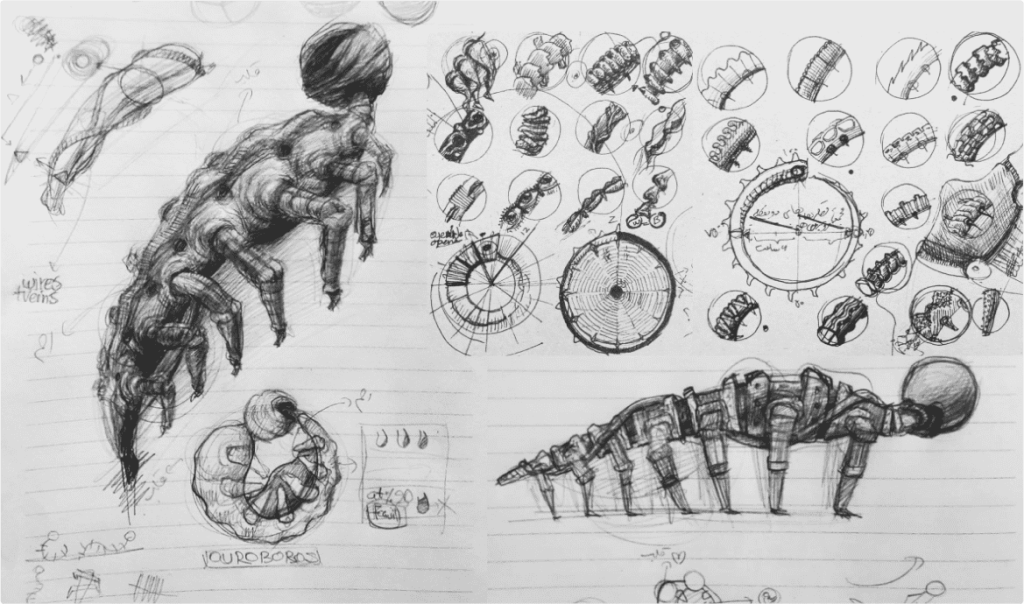
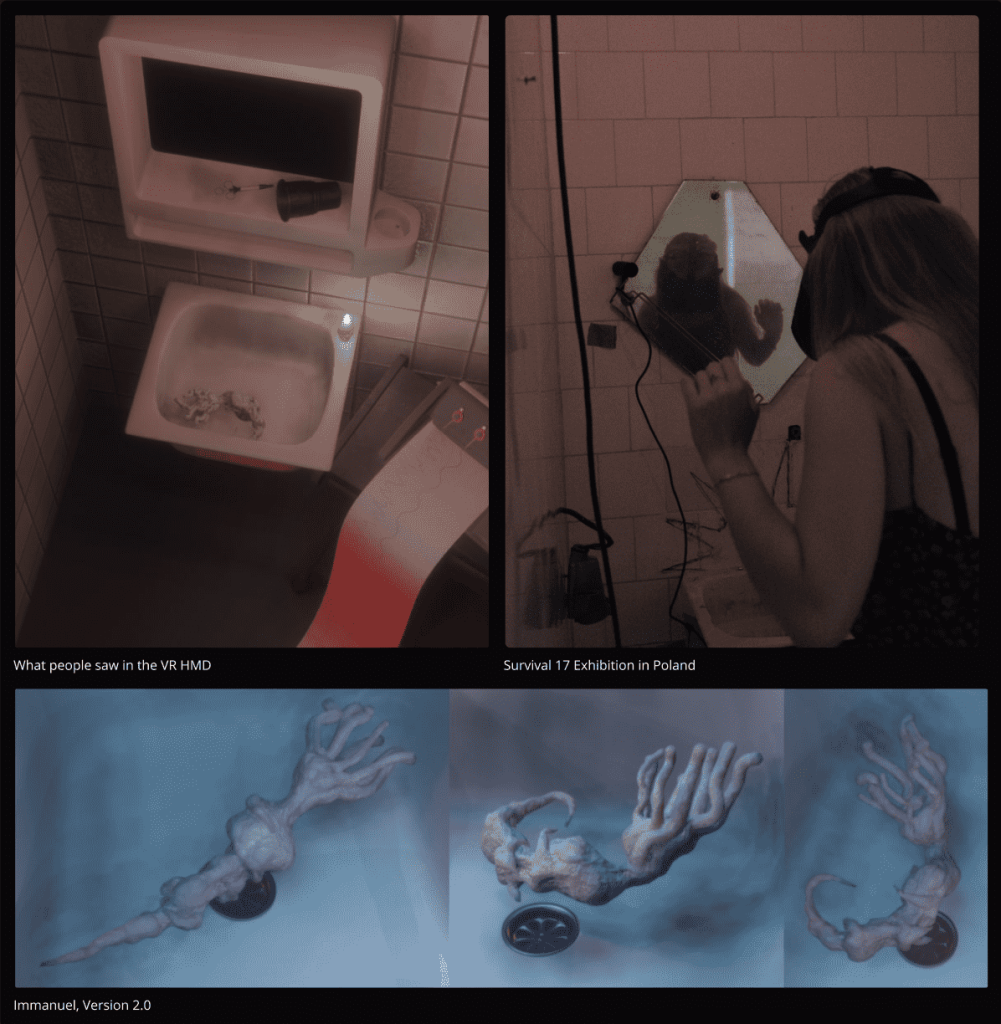
By implementing an algorithmic system to generate random waves for the tentacles, I successfully achieved automatic animation. Subsequently, I baked this animation to the other parts of the body, which significantly reduced the time and effort needed for the animation process. The final outcome boasted a natural and fluid appearance, thanks to this efficient setup.
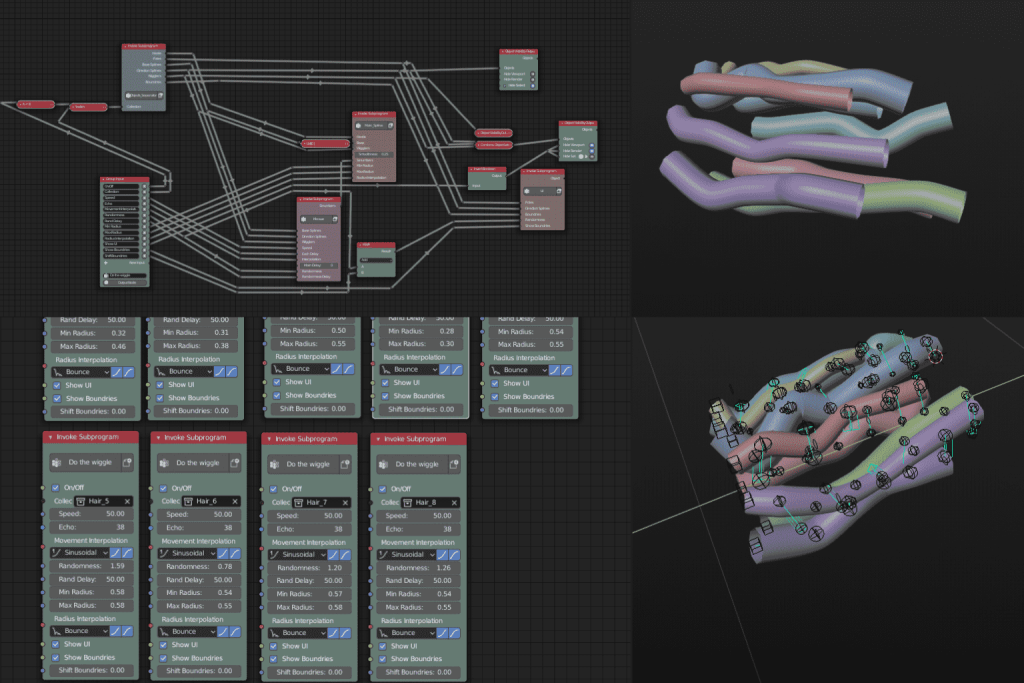
Leave a Reply